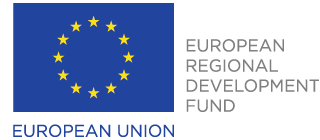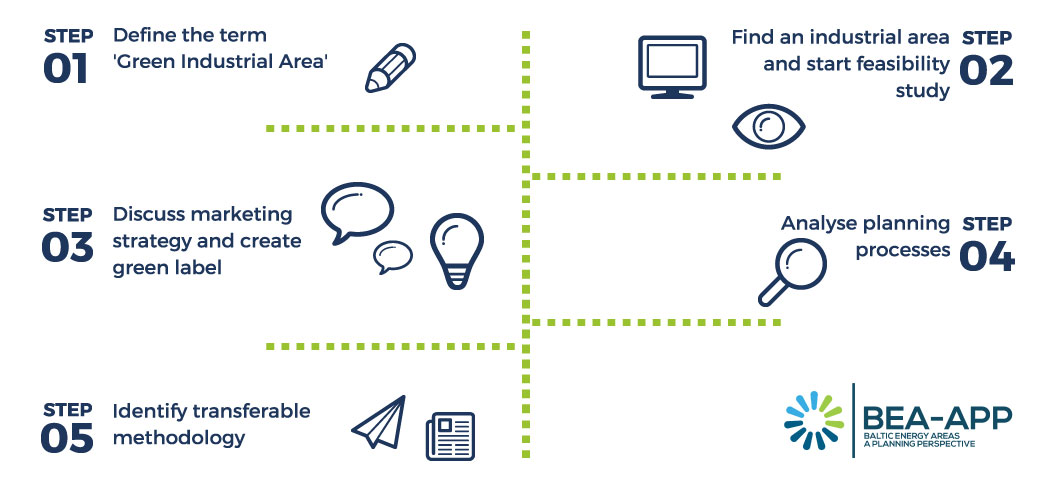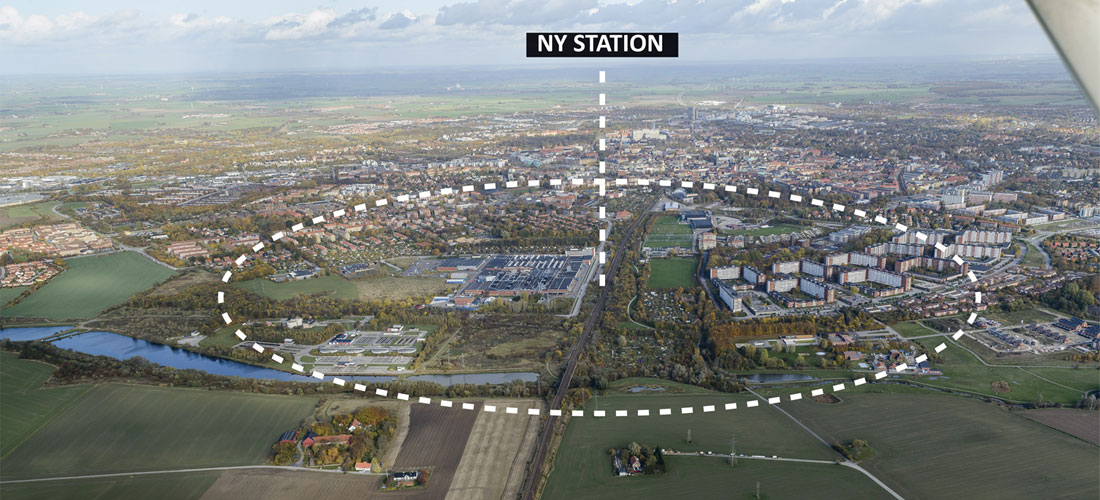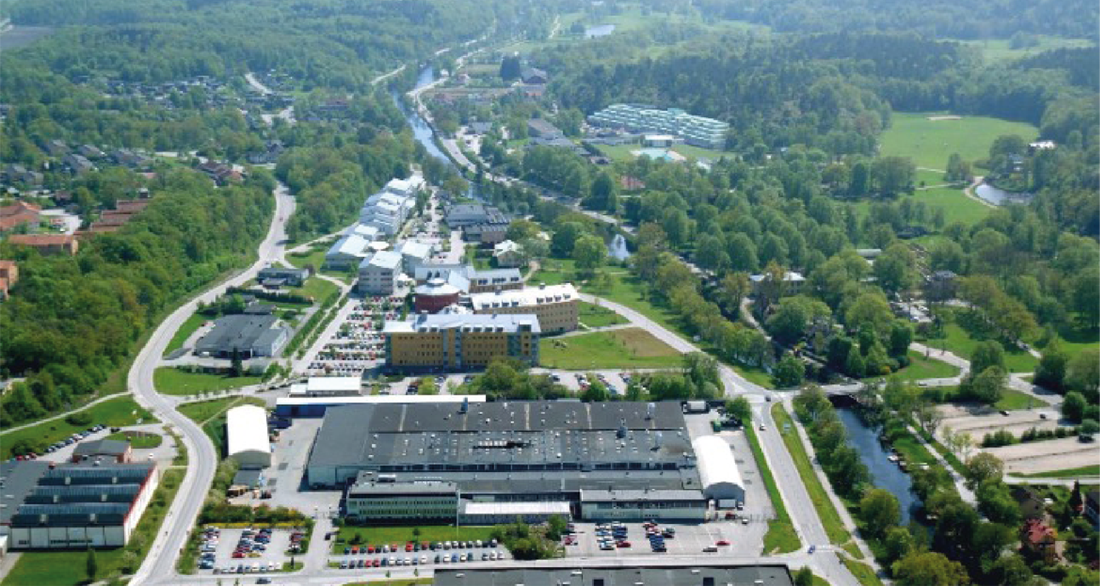Central Finland
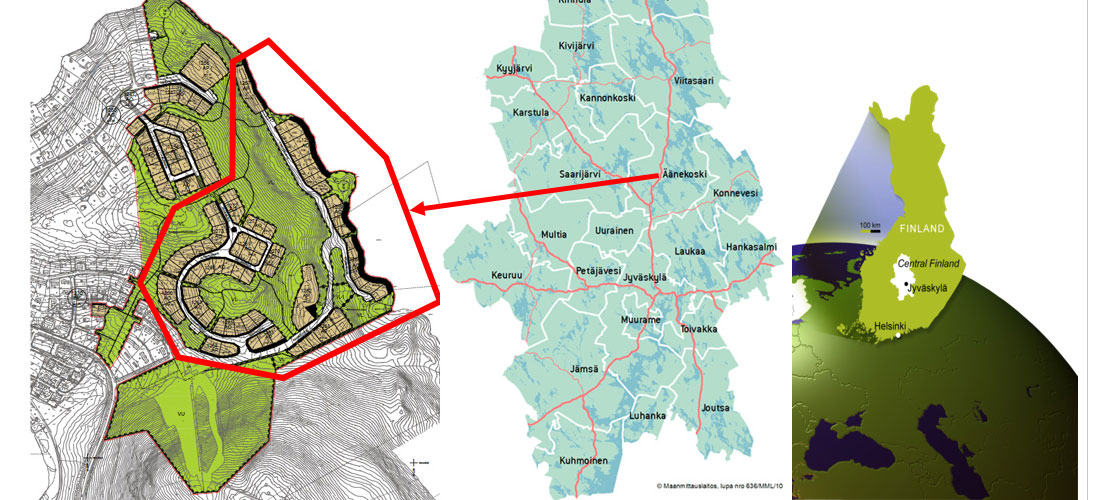
Geoenergy use in a new residential area in Äänekoski city
Geoenergy is a prominent, new renewable energy source in Central Finland region. Present geoenergy utilisation in the region is on a single house scale and larger scale geoenergy is very new in Finland. Regional land use plan of Central Finland has a recommendation to consider geoenergy on municipality level on detailed planning of the e.g. residential areas.
A regional level study on potential geoenergy sites already exists, based on the bedrock material and the depth of the soil layer. In order to show the municipality level planning, how the geoenergy potential can be utilized on detailed planning, BEA-APP project conducted a geoenergy pilot study, where new residential areas’ possibilities for geoenergy utilization was studied. A geoenergy pilot study was carried out for Ääneniemi residential area in Äänekoski city in 2017-2018.
See the final report (in Finnish, with abstract in English) and a poster of the study (in English) here:
https://www.keskisuomi.fi/maakunnan_kehittaminen/keski-suomen_liiton_hankkeet/bea-app
Results of the pilot study:
- Geoenergy is a good alternative energy form in Ääneniemi based on the results of the pilot study;
- Ground average temperature in the study area was 5.4 ºC, corresponding the typical value in Central Finland. This enables the use of geoenergy for residential heating;
- Though the bedrock is shallow, enabling lower costs in construction of boreholes, the geoenergy use is limited due to average conductivity of the bedrock. However, good ground temperature level decreases the borehole depth and decreases the costs. Overall potential of the area for geoenergy is regarded as “good”;
- The geoenergy potential map (see below) can be applied, e.g., in land use (zoning) and environmental planning, in construction supervision and environmental monitoring, and as a source data for feasibility studies;
- For single house, one borehole with depth from 150 to 250 m is usually enough and boreholes drilling costs are from 29-35 €/m. For rowhouse or apartment building (95MWh), 3-4 boreholes are required. These costs do not account the technology for heat exchange;
- When utilizing geoenergy, both legislation and existing land use planning must be considered. Establishing a geoenergy heating system requires an action permit, consultancy of a local building supervision unit for further instructions is necessary;
- Borehole minimum distance from the next borehole depends the bedrock material. This should be considered especially in densely populated areas.

Geoenergy potential map of Ääneniemi area revealing a good potential (green). Test borehole as pink dot. Map © Maanmittauslaitos and HALTIK (2013).

